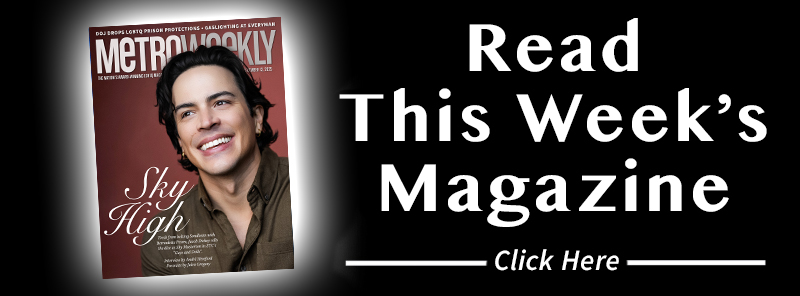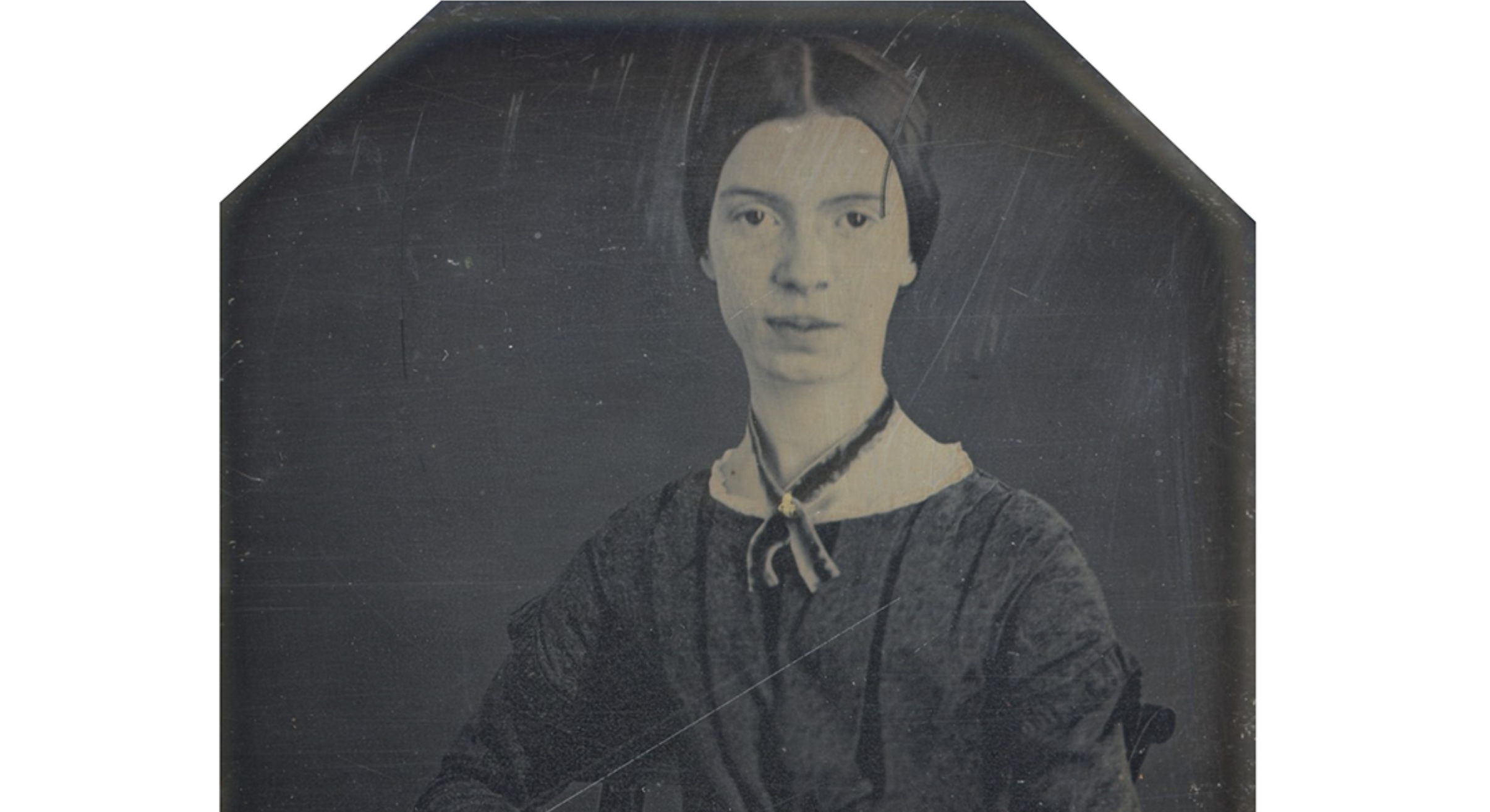The Renovated Folger Shakespeare Library is a D.C. Showpiece
After a major, multi-year renovation, the Folger Shakespeare Library is now able to truly showcase its vast collection.

“This printing press,” says Greg Prickman of the Folger Shakespeare Library. “We had it built for the space, so it’s not an artifact. People can handle it, and it helps us tell the story of the book.”
That functioning replica of an early printing press is just one of the more novel and unexpected items currently on display at the recently reopened and renovated Folger.
“It absolutely works,” continues Prickman, the institution’s director of collections and exhibitions, who took me on a recent tour of the space. “And we’re able to show people very tangibly what creating a book actually looked like physically — the tiny little pieces of type, all of these lines, and individual letters. And it’s backwards. So you have to learn how to create lines of text backwards.”
As featured in the new permanent Shakespeare Exhibition Hall, the Folger facsimile is modeled after an early 17th century-style press that printed Shakespeare’s First Folio. That seminal 1623 publication, the first book to print a collection of Shakespeare’s plays, many of them for the first time, also factors into the new exhibition. While only 235 copies of the First Folio are known to still exist — out of an estimated original run of 750 — a whopping 82 of those are part of the Folger’s permanent collection, having been originally acquired by collectors Henry Clay Folger and Emily Jordan Folger.
“That really formed the centerpiece of their collection,” Prickman says of the married couple who founded the namesake institution in Washington nearly a century ago. “This is the first time we’ve been able to share it all at once with anybody who visits.”

Home to what is regarded as the world’s largest Shakespeare collection, ranging from books and manuscripts to art and artifacts, the Folger has been sharing its First Folio Gallery in full since late June, when the independent organization re-opened to the public after a major renovation and expansion that took over four years to complete at a cost of $80.5 million.
An imposing neoclassical edifice on Capitol Hill, a block away from the U.S. Capitol, the Folger, at least historically, has been somewhat easy to mistake for one of the many large and imposing white marble government institutions all around it, including the Supreme Court and Library of Congress.
That’s less likely to happen now, though, thanks to the massive renovation, which included extensive cleaning and repair of the building’s white marble exterior, restoring it to near-pristine condition. The Folger’s exterior has been further enhanced by virtue of fully accessible gardens adjacent to what are now the building’s two main entrances on its east and west sides. Planted with both native vegetation and others mentioned in Shakespeare’s works, the gardens also feature open green spaces, shade trees, and benches to encourage visitors to take a break to relax and reflect.
While the building’s Elizabethan Theatre and Reading Room were not part of the renovation efforts, the Great Hall that connects those classic spaces has been transformed from serving as an ad-hoc and darkened exhibition venue into a public gathering and event space — as well as home to a new café — making it an even greater hall whose tall windows are now fully uncovered to allow natural light to stream in.

Visitors now enter the building through one of two side entrances at ground level that lead to the new Adams Pavilion featuring a large and prominent gift shop on its west end and two new exhibition halls. “We never had the space before to have an exhibition based on our collection about Shakespeare and Shakespeare’s works that was sort of evergreen,” says Prickman.
A second hall will offer a range of changing exhibitions officially described as featuring “showstopping encounters with collection items and opportunities to explore the vast range of subjects covered by books in the Folger vaults.”
The exhibits currently on display include “Into the Vault: Books of the 1620s,” showcasing tomes and manuscripts published in Europe in the same decade as Shakespeare’s First Folio, and “Imprints in Time,” a special display of rare books, manuscripts, and other objects from the collection of Stuart and Mimi Rose.
The permanent exhibition includes dynamic elements such as a rotating display that’s been dubbed “The Pages,” offering a sampling of “images from the Folger collection…that’s been digitized over the past 25 years or so,” says Prickman. “It’s meant to give people a different kind of window into [the collection], and to allow us, frankly, to share more of it. We can only ever have so many things out [at any given time].”

He continues, “The Folgers collected a lot. They were obsessed with Shakespeare. They went to Shakespeare [stage] productions all the time, and had very strong views about what makes a good Shakespeare play. So they were deeply involved with that whole world as well.”
Still, nothing else came close to their intense devotion to the First Folio. “Why would anyone want 82 copies of any book? The answer is because they’re all different,” Prickman explains. “Every single copy. Some of it you can see, [such as] different bindings. And the bindings even tell you something about where these books have been and what they’ve been through.”
There are also slight variations from one copy to the next — to say nothing of errors in printmaking. “Having 82 copies of something like the First Folio helps you to understand the sequence in which it was made, because you can trace errors,” he says. In fact, “it was by studying these copies that a scholar in the 1950s actually cracked the code of who was who” — helping to identify “five different people [who] set the type across different sections of the First Folio,” each of whom would spell words differently.”
The Folger Shakespeare Library is at 201 E. Capitol St. SE. It is free to visit the Folger. It is open Tuesdays through Sundays. Walk-in visitors are welcome as building capacity allows. For guaranteed entry, it’s recommended visitors reserve a pay-what-you-will timed-entry pass, with suggested donations starting at $15. For more details, visit www.folger.edu.
Support Metro Weekly’s Journalism
These are challenging times for news organizations. And yet it’s crucial we stay active and provide vital resources and information to both our local readers and the world. So won’t you please take a moment and consider supporting Metro Weekly with a membership? For as little as $5 a month, you can help ensure Metro Weekly magazine and MetroWeekly.com remain free, viable resources as we provide the best, most diverse, culturally-resonant LGBTQ coverage in both the D.C. region and around the world. Memberships come with exclusive perks and discounts, your own personal digital delivery of each week’s magazine (and an archive), access to our Member's Lounge when it launches this fall, and exclusive members-only items like Metro Weekly Membership Mugs and Tote Bags! Check out all our membership levels here and please join us today!
























You must be logged in to post a comment.